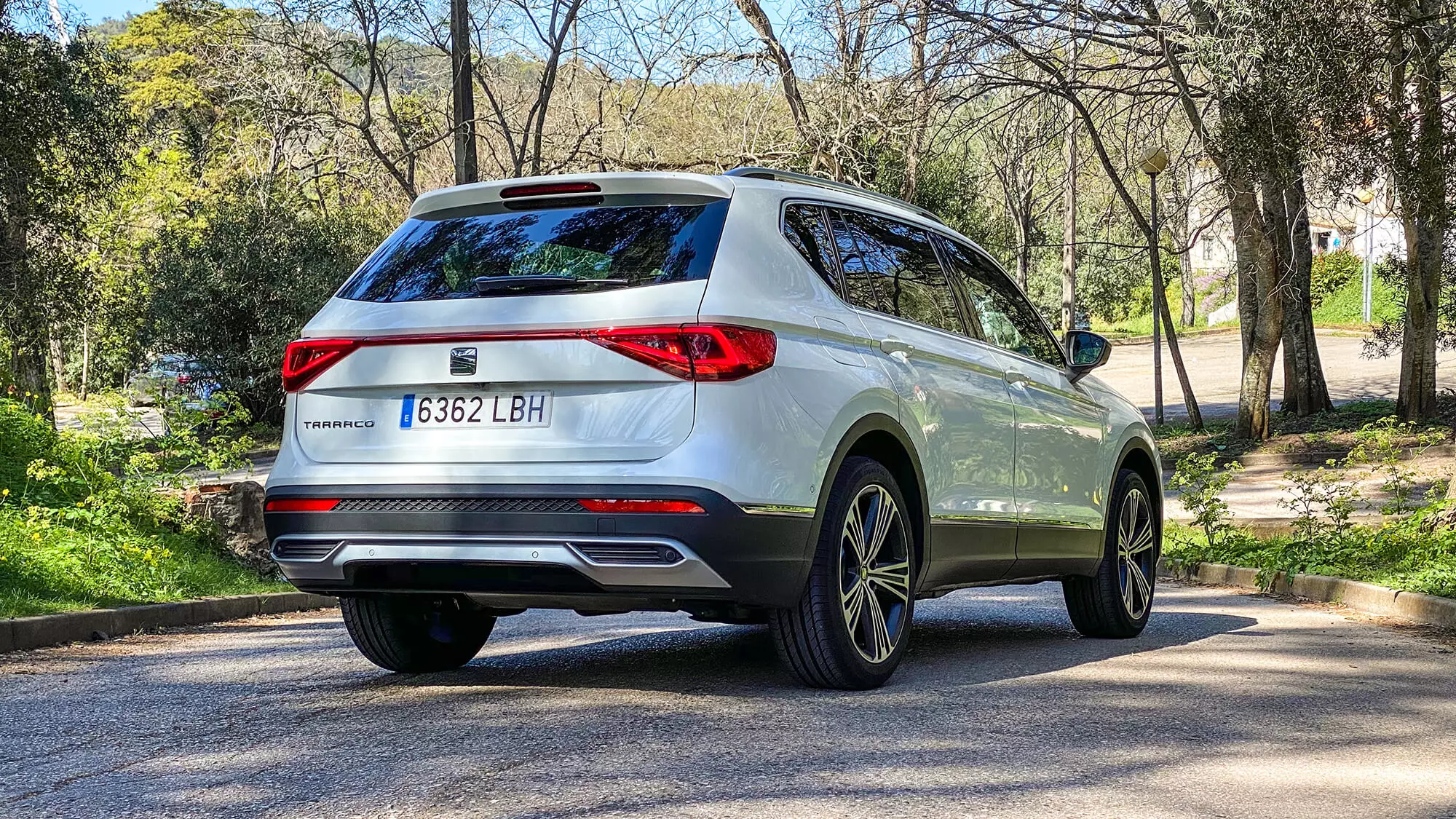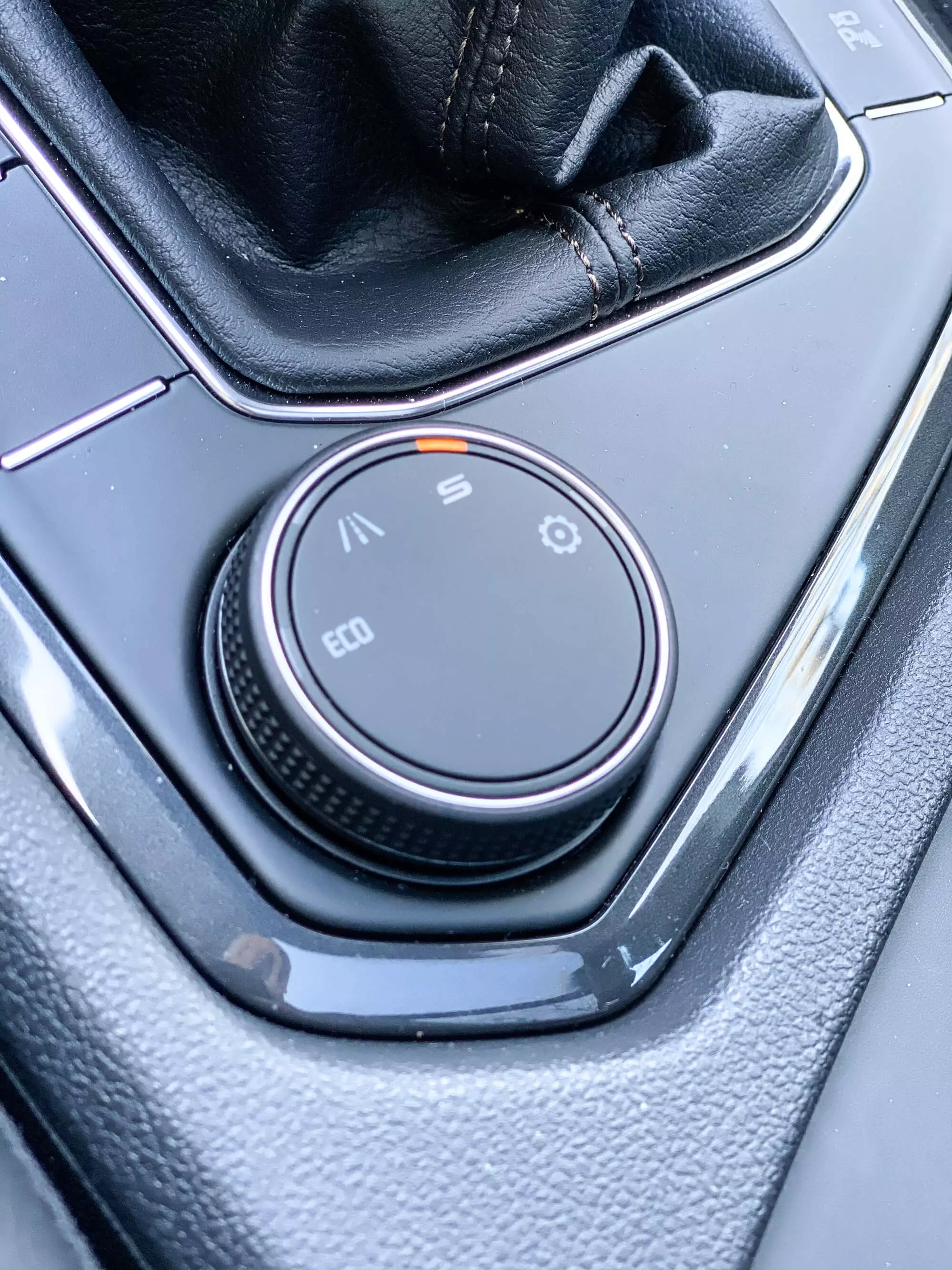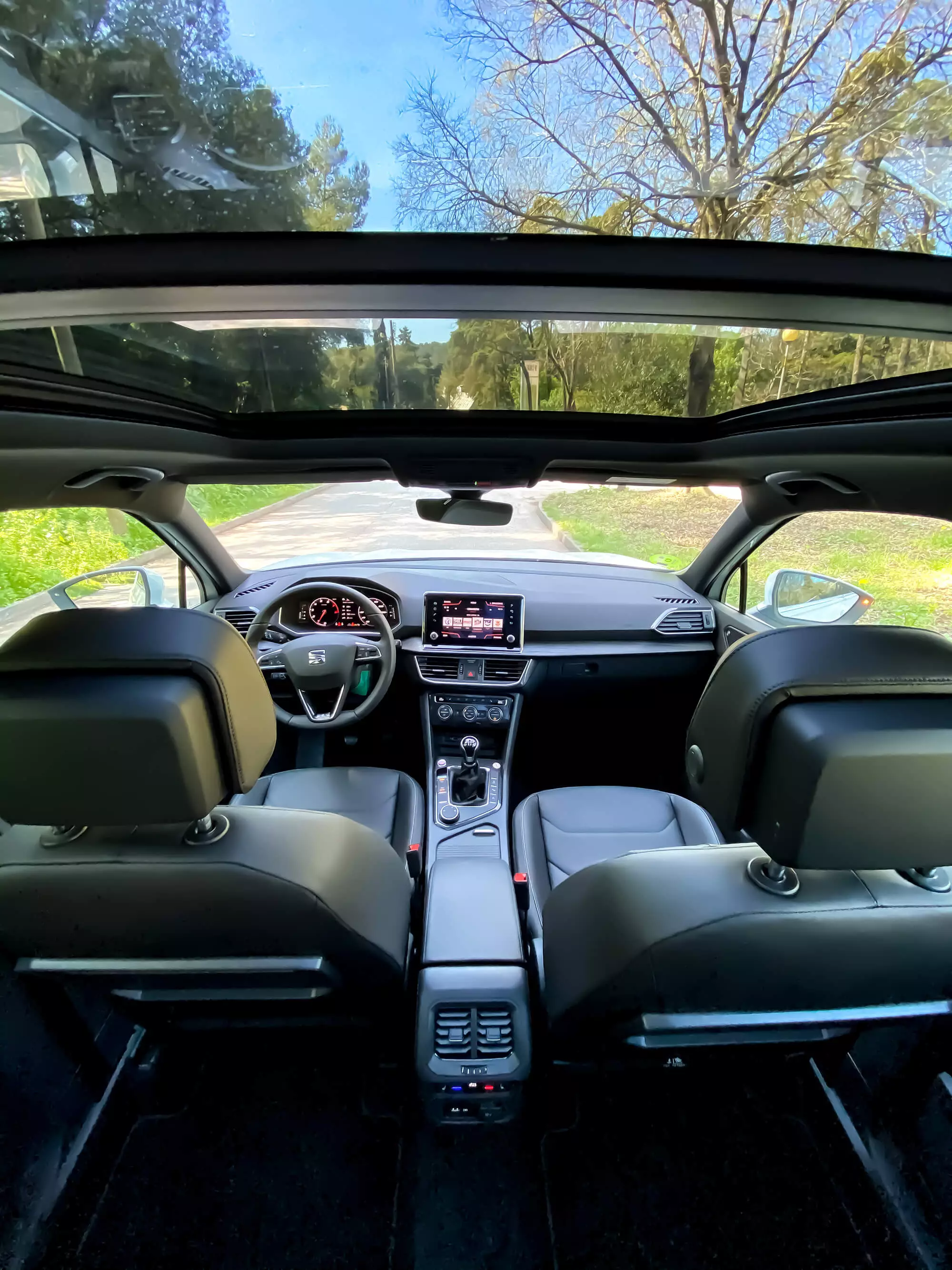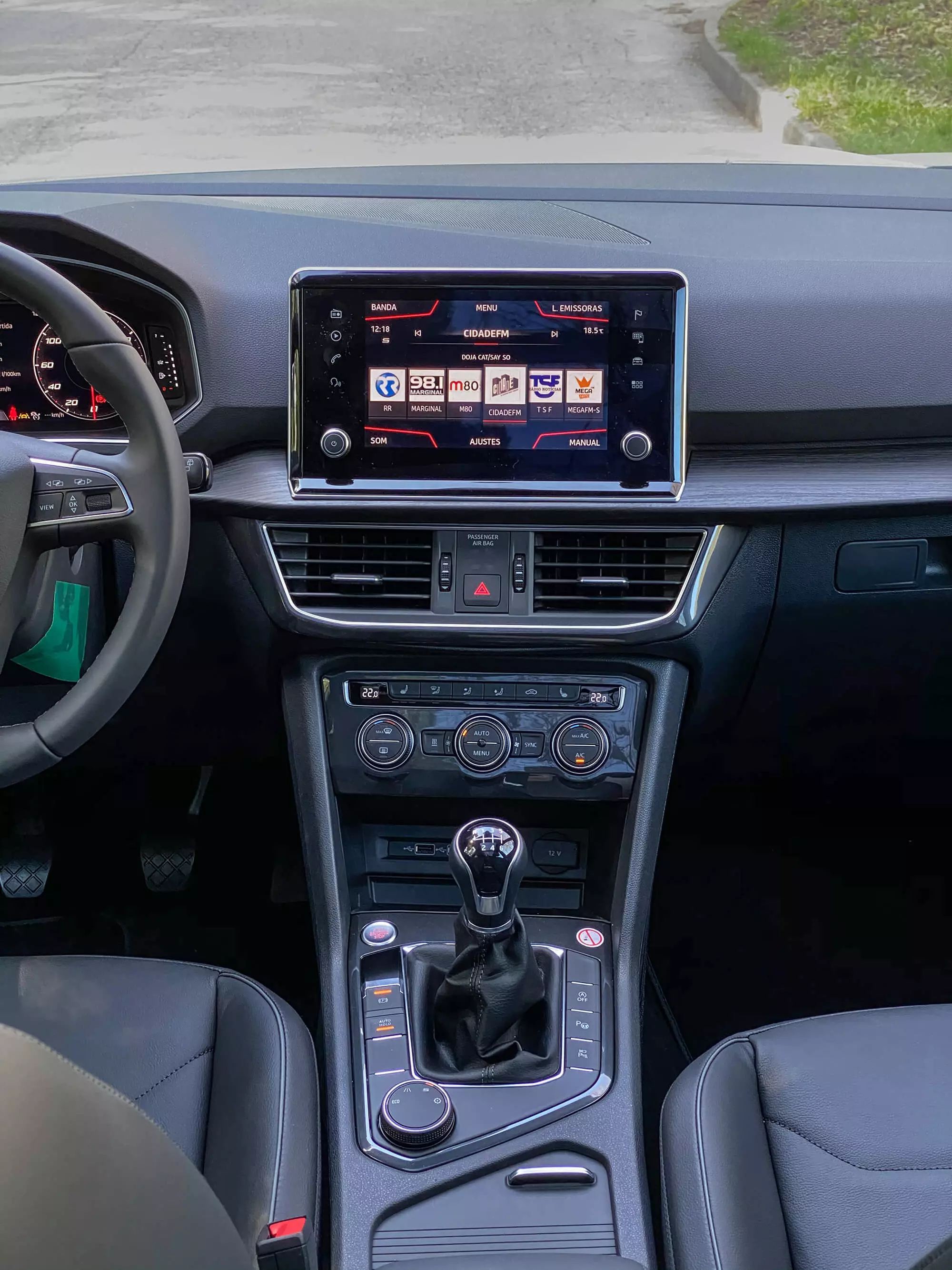Launched in 2018, the SEAT Tarraco has been the Spanish brand's answer for all families that need a vehicle with up to seven seats, but don't want to give up the SUV concept — thus occupying the place that once belonged to minivans.
Spacious and well-equipped, “our” Spanish SUV came in a five-seater configuration — the seven seats are an optional €710. With only two rows of seats, the luggage compartment capacity is 760 l capable of “swallowing” an afternoon of shopping at IKEA — if you come with the option of seven seats, this figure drops to 700 l (with the third row seats folded down), and if we make use of the two additional places, it is reduced to 230 l.
Should things get out of hand at the well-known Swedish shop, we always have the option of folding the seats and accommodating more than 1775 litres. But the arguments of this Spanish SUV from Barcelona and inspired by the city of Tarragona — formerly called Tarraco — does not exhaust its arguments in terms of space and versatility. Let's meet them?
Does the 1.5 TSI engine comply?
The SEAT Tarraco that you can see in the images is equipped with a 1.5 TSI petrol engine with 150 hp.
Traditionally, large SUVs are associated with diesel engines, so the question arises: is the gasoline engine a good choice?

In terms of performances, the answer is yes. The Volkswagen group's 1.5 TSI engine — we unveiled the 1.5 TSI in detail when it was unveiled — has 150 hp of power, but more importantly, it has the maximum torque of 250 Nm available as early as 1500 rpm.
Result? We never feel that we have "too much SUV" for "too little engine". Only with the capacity sold out can we find the 1.5 TSI engine short. The top speed is 201 km/h and acceleration from 0-100 km/h is achieved in just 9.7s.

Inside SEAT Tarraco
Welcome inside the SEAT Tarraco, the first of a new generation SEAT whose latest member is the new Leon (4th generation).
It is spacious, well equipped and well built. The space in the front seats and in the second row of seats is more than satisfactory. The third row of seats (optional) is limited to transporting children or people whose height is not very large.

The infotainment system is very competent and we have a 100% digital quadrant. Seat and steering wheel adjustments are very wide and it is not difficult to find the right driving position for longer journeys.
Subscribe to our newsletter
And whenever fatigue overtakes us, we can always count on the help of automatic braking, lane crossing alert, traffic light reader, blind spot alert and driver fatigue alert to warn us whenever we exceed our limits.

Should I choose this 1.5 TSI version?
In the event that you are undecided between the Tarraco 1.5 TSI (petrol) and the Tarraco 2.0 TDI (Diesel), there are two facts to keep in mind.
LARGE SUV OF THE YEAR 2020
The SEAT Tarraco was voted "Big SUV of the Year" in Portugal, in the Essilor Car of the Year/Troféu Volante de Cristal 2020.
The first is that the Tarraco 1.5 TSI is more pleasant for daily commuting. Although both versions are well soundproofed, the 1.5 TSI engine is quieter than the 2.0 TDI engine. The second fact concerns consumption: the 2.0 TDI engine consumes on average 1.5 liters less per 100 km.
In this SEAT Tarraco 1.5 TSI, with manual gearbox, I managed an average of 7.9 l/100 km on a mixed route (70% road/ 30% city) at moderate paces. If we make the city our natural habitat, expect averages around 8.5 l/100 km. Consumptions that can increase according to the tune we adopt.
In terms of price, there is around 3500 euros separating this 1.5 TSI engine from the 2.0 TDI engine. Therefore, do the math well before choosing.
